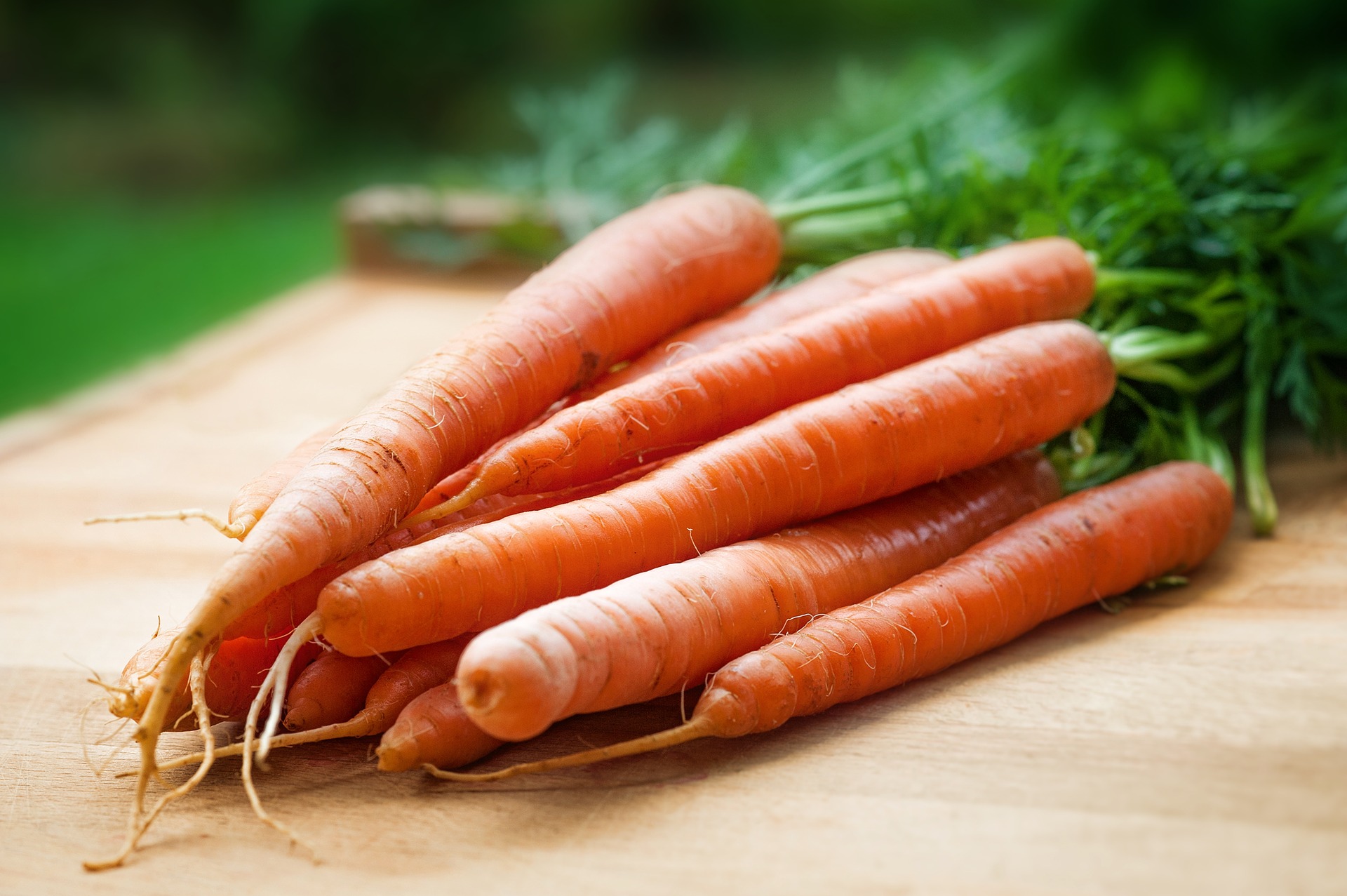 Organic food is on the rise right now. Human beings are more and more aware that their way of life has a significant impact on the environment. And by ricochet on his health! People want to know what they eat and drink, and rightly, organic food fulfills a basic need for a return to a healthier lifestyle, for oneself and for the earth that nourishes us. As the world’s population grows, we always want to make more money with every bit of arable land, but at what cost? The demand for organic products is constantly growing around the world, and it is not for nothing!
Organic food is on the rise right now. Human beings are more and more aware that their way of life has a significant impact on the environment. And by ricochet on his health! People want to know what they eat and drink, and rightly, organic food fulfills a basic need for a return to a healthier lifestyle, for oneself and for the earth that nourishes us. As the world’s population grows, we always want to make more money with every bit of arable land, but at what cost? The demand for organic products is constantly growing around the world, and it is not for nothing!
What’s wrong with modern industrial agriculture?
Industrial agriculture involves the use of many chemicals and synthetics, which are toxic and harmful to the environment. These products are used to maximize the yield per hectare of production while reducing the proliferation of insects. But this yield comes at a price. Chemicals (fertilizers, pesticides) pollute the soil, killing the natural microorganisms that live there by depriving them of their nutrients. These products end up spilling into our waterways with the rain, also causing the death of other microorganisms, also causing the proliferation of new invasive species, such as algae, which end up asphyxiating our lakes and rivers. These products can also be found in the air, for example when watering the land with pesticides, to limit the proliferation of pests harmful to crops. Pesticide residues can therefore be found in our food. With modern large-scale industrial agriculture, the relationship to the land is changed, as yield is the priority. Feed as many people as possible, and therefore make as much money as possible, with every hectare. The land ends up being depleted of this constant demand for yield. Organic agriculture was developed with the aim of better preserving the planet. Quite the opposite of industrial agriculture.
What is organic food?
A food qualified as organic aims to support the sustainability of the human body and the environment, through food production that does not have a negative impact on this environment. “Organic” is therefore a term used to describe foods produced and processed in a way that does not harm the environment. There are very strict regulations that must be followed for a farm to qualify as organic. There are severe and difficult qualifications to obtain before a producer can get the title of organic, and thus obtain the right to label his products as such. Chemicals are prohibited, and the management of parasitic insects must be done naturally. Of course, the yield per hectare is reduced, which explains why these products are more expensive. Soil for organic production must first be free from chemicals or synthetic substances for at least several years (usually two years), before any production is undertaken. Then the processes used in production are strictly controlled. No pesticides or artificial fertilizers should be used on crops, and no growth hormones or periodic antibiotics should be given to livestock whose manure will enrich the soil.
What about genetically modified organisms in all of this?
Genetically modified organisms, or GMOs, are plants or animals that have been subjected to genetic engineering to apply specific modifications to their DNA. This cutting-edge technique is used to create genetically modified species to meet specific needs, for example to ward off certain insects, to make the plant grow faster, or to acquire certain characteristics intended to increase profitability. GMOs are not tolerated in organic farming. We use what nature has given us, period. Genetic engineering is still a new science and it has not yet been established that the consumption of GMOs does not have harmful effects on humans in the long term.
More and more certified organic farms are emerging. The increased supply has significantly improved the accessibility and availability of products. There are now organic wines, organic meat, and even organic household cleaning products. Growing awareness of the harmful effects of conventional processed foods has caused a surge in demand for healthier products. The demand is even higher than the supply. People are willing to pay more for quality products that are better for health and for the environment. The industry therefore has every advantage in taking this into account!